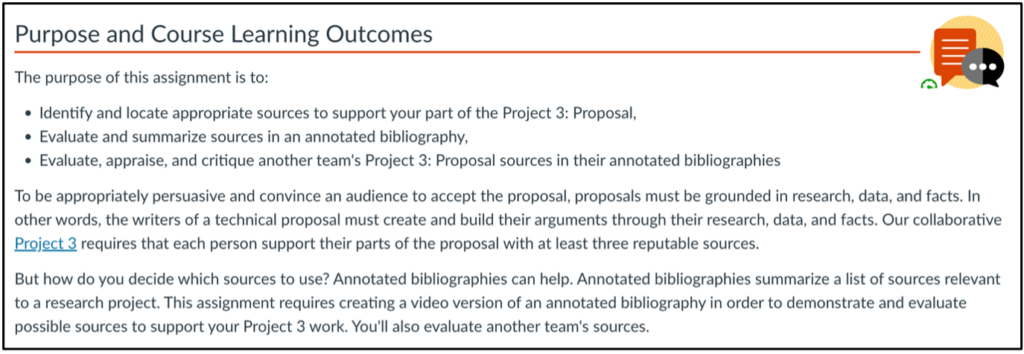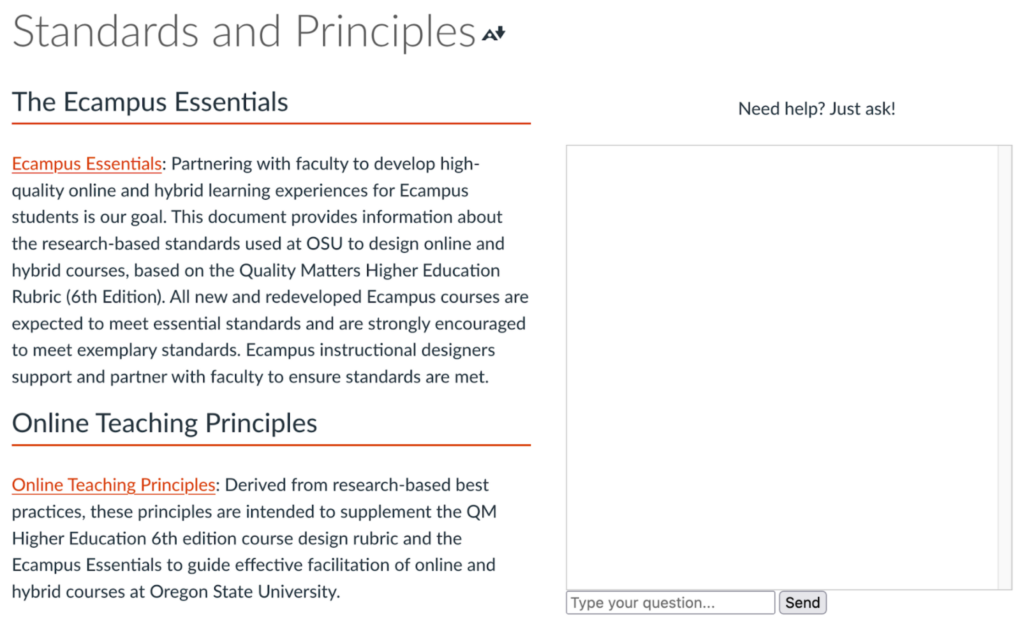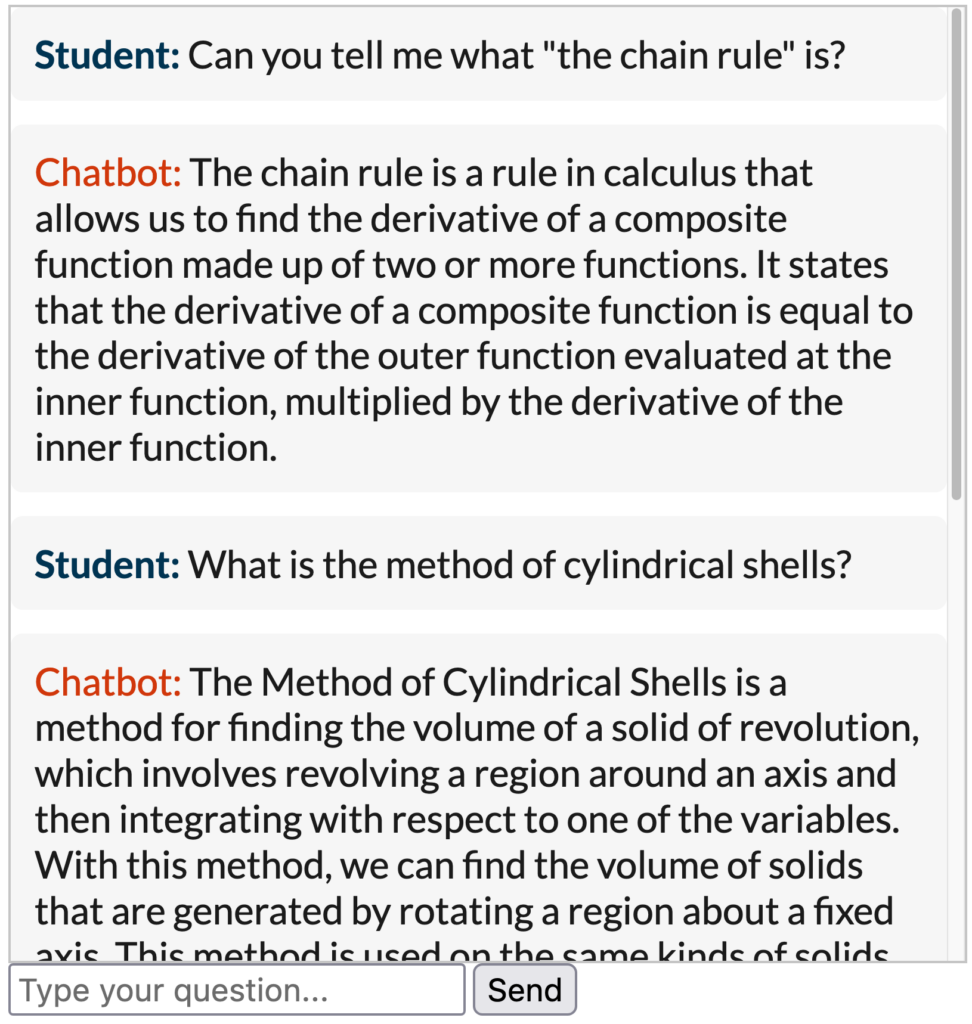Some form of group work is a common activity that I help design with faculty every term. Oftentimes, faculty ask how to consider the different levels of engagement from individual group members and how to assess group work, often in the form of a group grade. Improving group work in asynchronous courses and group contracts to promote accountability are some of many ways to guide students into collaborative work. However, collaborative work may require offering equitable opportunities to all students to succeed. Based on the work by Feldman (2019), I’d like to outline some suggestions for assessment design through an equity lens.
Before jumping into assessing group work, Feldman outlines three pillars of equitable grades:
- “They are mathematically accurate, validly reflecting a student’s academic performance.
- They are bias-resistant, preventing biased subjectivity from infecting our grades.
- They motivate students to strive for academic success, persevere, accept struggles and setbacks, and to gain critical lifelong skills” (Feldman, p. 71).
With these three pillars in mind, let’s examine some potential issues with a group receiving one grade for their work.
- Accuracy: a collective group grade does not necessarily reflect an individual’s contribution to the group work or assess an individual student’s learning in terms of outcomes. For example, if a group splits up sections of a project into individual responsibilities, a student who did their assigned section very well may not have had an opportunity to gain new knowledge or build on their learning for aspects where they were struggling. And a group grade does not accurately capture their individual work or learning.
- Bias: Many times peer evaluations of group work come with some kind of group contract or accountability measure. However, there is a possibility for bias in how students evaluate their peers, especially if that evaluation is based on behaviors like turning things in on time and having strong social skills instead of learning. For example, maybe one of the group members had a job with a variable schedule from week to week, making it difficult to join regular group discussions and complete work at the same pace every week for the duration of the project. Other group members may perceive them as difficult to work with or inconsistent in their commitment and award them fewer points in a peer evaluation, especially if other group members did not have outside factors noticeably impacting their performance.
- Motivation: Group contracts and using evaluation as a way to promote productivity is an external motivator and does not instill a sense of internal relevance for students participating in group work. Instead, students may feel resentful that their peers may evaluate them harshly for things outside of their control, which can quickly snowball into a student disengaging from group work entirely.
“The purpose of group work is not to create some product in which all members participate, but for each student to learn specific skills or content through the group’s work together.”
Feldman, p. 104
So how do we assess this learning? Individually. If we can reimagine group work as a journey toward an individual reaching a learning outcome, then instead of assessing a behavior (working well and timeliness in a group) or what a group produces, we can instead create an assessment that captures the individual impact of the group work instead. Feldman outlines some tips for encouraging group work without a group grade:
- Have a clear purpose statement and overview for the group work that outlines the rationale and benefit of learning that content in a group context.
- Have clear evaluation criteria that shows the alignment of the group work with a follow-up individual assessment.
- If possible, include students in the process by having a brainstorm or pre-work discussion ahead of time about what makes groups productive, how to ensure students learn material when working in groups, and what kinds of collaborative expectations can be set for a particular cohort of students.
- Be patient with students navigating a new assessment strategy for the first time and offer ample feedback throughout the process so students are set up for success on their assessments.
- Ensure the follow-up individual assessment is in alignment with learning outcomes and is focused on the content or skills students are expected to gain through group work.
As an added bonus, assessing group work individually in this way is often simpler than elaborate group work rubrics with separate peer evaluations factored in, making it both easier for the instructor and easier for the student to understand how their grade is calculated. Additionally, it will be important to design this group work with intention—if an individual could learn the material on their own, then what is the purpose of the group interaction? Think about a group project you may have assigned or designed in the past. What was the intention for that journey as a group? And how might you reimagine it if there was an individual assessment after its completion? I hope these questions are great starting points for reflecting on group work assessments and redesigning with equity in mind!
References
Feldman, J. (2019). Grading for equity: What it is, why it matters, and how it can transform schools and classrooms. Thousand Oaks, CA: Corwin.












